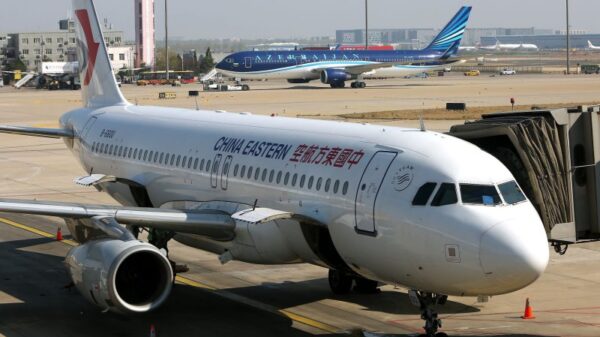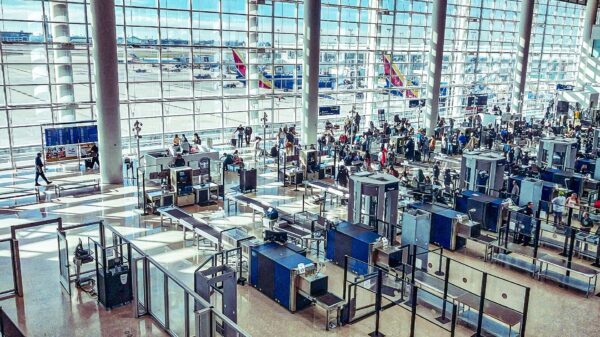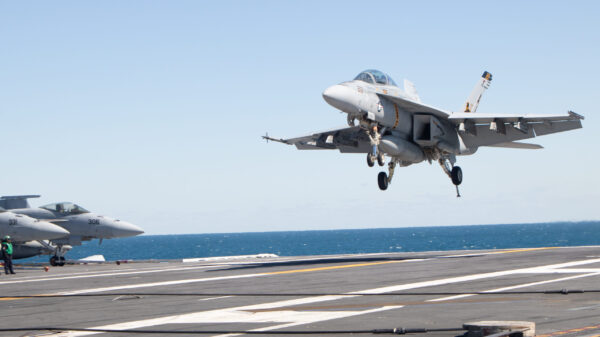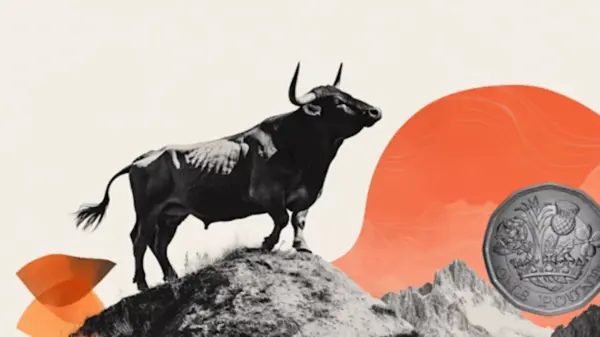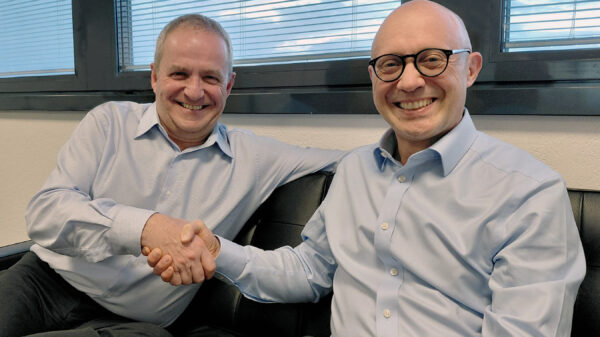Astronauts from NASA recently completed a significant field training exercise in Iceland, focusing on the intersections of astrobiology, astrogeology, and astrochemistry. This training aimed to prepare the team for future missions on other planetary bodies, allowing them to develop skills essential for both planned and unexpected discoveries during their explorations.
The Icelandic landscape, with its unique geological features, provided an ideal analog for off-world environments. During the exercise, astronauts engaged in various activities, including sampling, photography, and cartography. They practiced making real-time decisions in an environment that closely mimics the conditions they might face on Mars or other celestial bodies.
Preparing for the Unknown in Space Exploration
In space exploration, adaptability is crucial. The field training allowed astronauts to hone their skills in executing both structured and spontaneous explorations. A significant aspect of their training involved making decisions without immediate direction from Mission Control, simulating the autonomy they will need during actual missions.
The exercises emphasized the importance of flexibility in exploration. As astronauts navigated the challenging terrain, they encountered unexpected geological formations that required on-the-spot adjustments to their plans. This ability to adapt is essential, as future lunar and Martian missions may present uncharted territories and unforeseen challenges.
Integration of Human and Robotic Exploration
The training also highlighted the role of robotic exploration in conjunction with human efforts. In scenarios where astronauts cannot physically access certain areas due to inhospitable conditions, robotic systems can be deployed to gather data and perform analysis. This integrated approach ensures that human operators remain engaged in the exploration process, even when physically separated from specific sites.
Through these training exercises, NASA aims to ensure that astronauts are well-prepared for the complexities of space missions. The experience gained in Iceland is invaluable, as it allows astronauts to practice techniques that will be critical when exploring new worlds in the future.
In conclusion, the field training in Iceland represents a pivotal step in preparing astronauts for upcoming missions. By immersing themselves in environments that replicate extraterrestrial conditions, they enhance their readiness to face the unknown challenges of space exploration. As NASA continues to expand its understanding of astrobiology and geology, these training efforts will play a crucial role in the agency’s long-term goals for human exploration beyond Earth.






